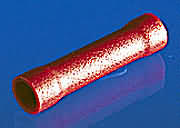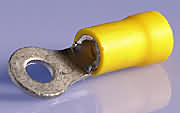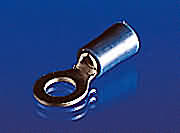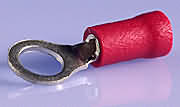ok. (many in this forum may already know)  , i'm fitting a whirlpoolbath where the over bath shower used to be.. I now have seperate cubicle on other side of room
, i'm fitting a whirlpoolbath where the over bath shower used to be.. I now have seperate cubicle on other side of room
now the cabling for the old shower (10.5kw) is still in place. It's 6mm T+E (i know well under rated for the shower)
The cable runs from a seperate RCD unit via a 45A FCU outside the bathroom under the boards and comes up under the old bath.
Unfortunately the new bath pump is at the other end.
Can i join the cable safely under the bath with a junction box? and does it have to be something special to comply with IEE regs cos its in a bathroom?
also the pump only needs 5A max so i've been told to use a 10A MCB with 1.5mm cable. Can i safely connect the 1.5mm to the 6mm in the junction box or must it be the same size as the main (oversized) run?
I dont want to rip out the old 6mm cable cos its so neatly hidden under the boards and in the wall and would involve lifting all the ply and lino.
incidently i know the old wiring did over heat a while back cos it had melted the insulation where it joined the old (now replaced anyway) FCU. Is this wiring still safe?... the only reason it over heated actually was from a poor connection in the old FCU..
why do i get the feeling you are all gonna say the old wiring is dangerous and must be ripped out? is it likely that the only point of failure was at the FCU?


(ignore the term FCU i meant cooker type switch...long day)
now the cabling for the old shower (10.5kw) is still in place. It's 6mm T+E (i know well under rated for the shower)
The cable runs from a seperate RCD unit via a 45A FCU outside the bathroom under the boards and comes up under the old bath.
Unfortunately the new bath pump is at the other end.
Can i join the cable safely under the bath with a junction box? and does it have to be something special to comply with IEE regs cos its in a bathroom?
also the pump only needs 5A max so i've been told to use a 10A MCB with 1.5mm cable. Can i safely connect the 1.5mm to the 6mm in the junction box or must it be the same size as the main (oversized) run?
I dont want to rip out the old 6mm cable cos its so neatly hidden under the boards and in the wall and would involve lifting all the ply and lino.
incidently i know the old wiring did over heat a while back cos it had melted the insulation where it joined the old (now replaced anyway) FCU. Is this wiring still safe?... the only reason it over heated actually was from a poor connection in the old FCU..
why do i get the feeling you are all gonna say the old wiring is dangerous and must be ripped out? is it likely that the only point of failure was at the FCU?
(ignore the term FCU i meant cooker type switch...long day)










